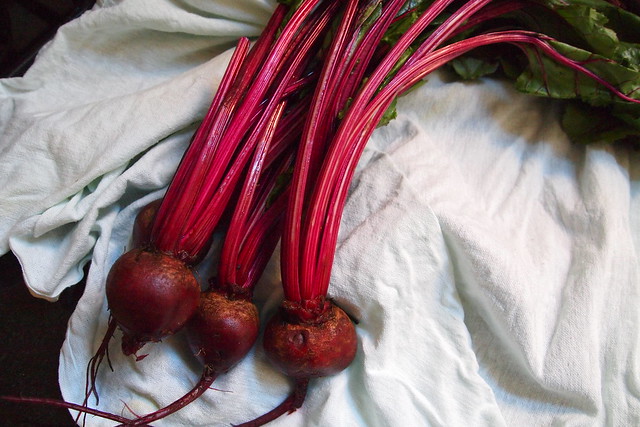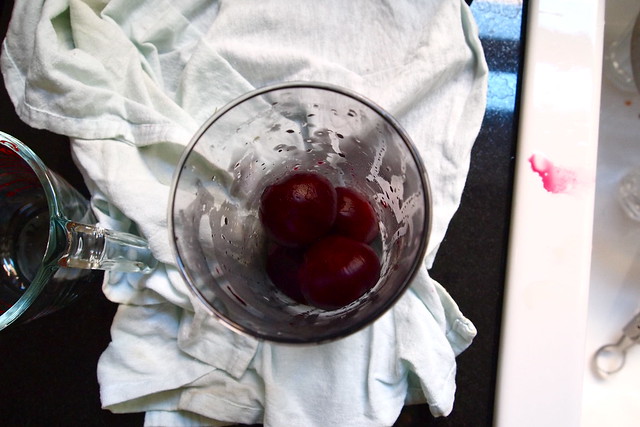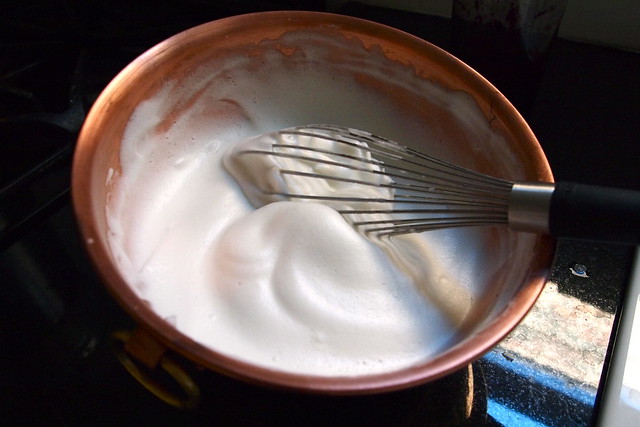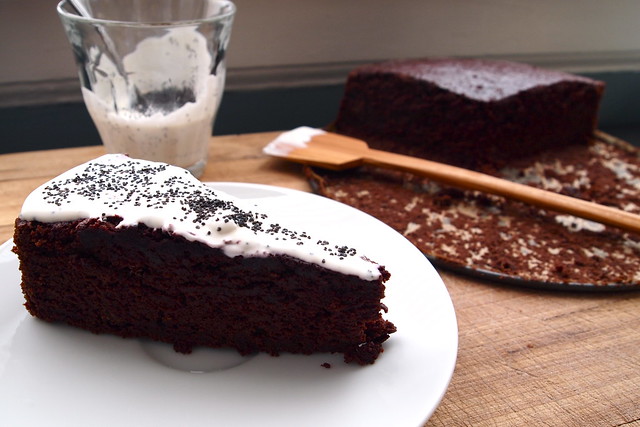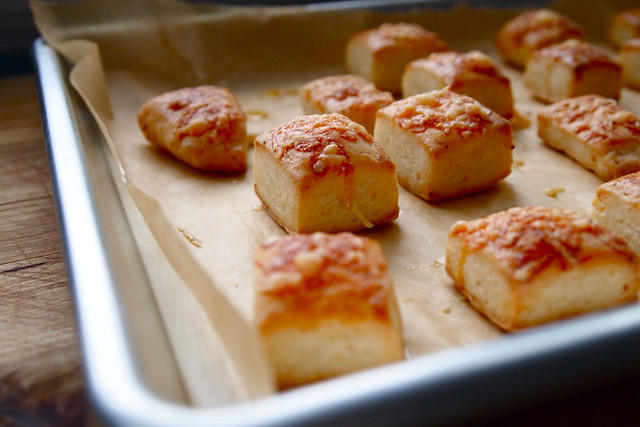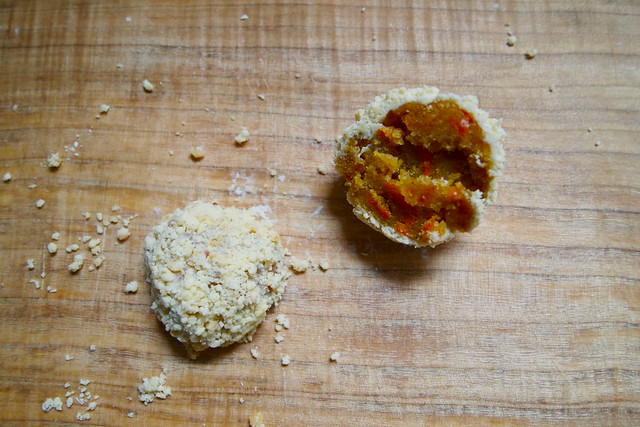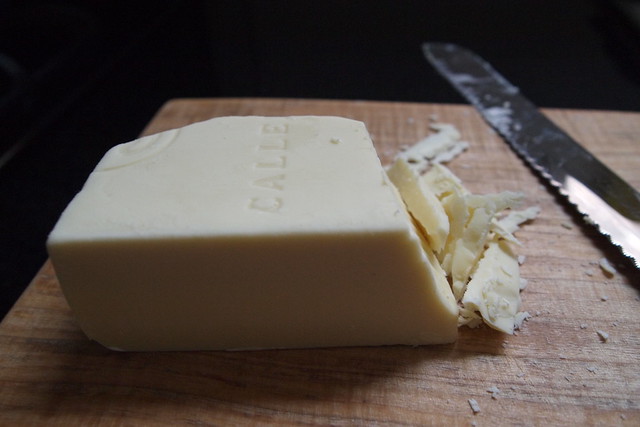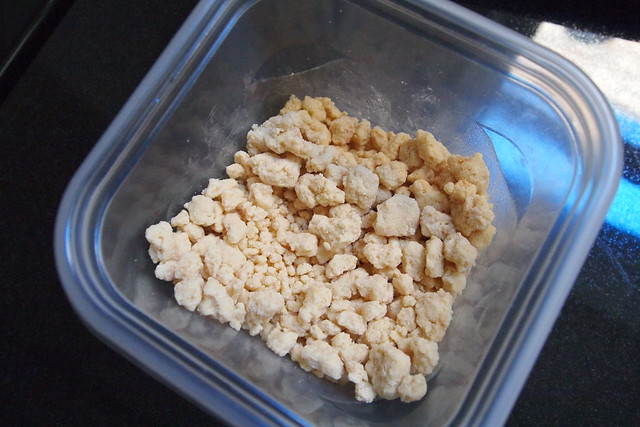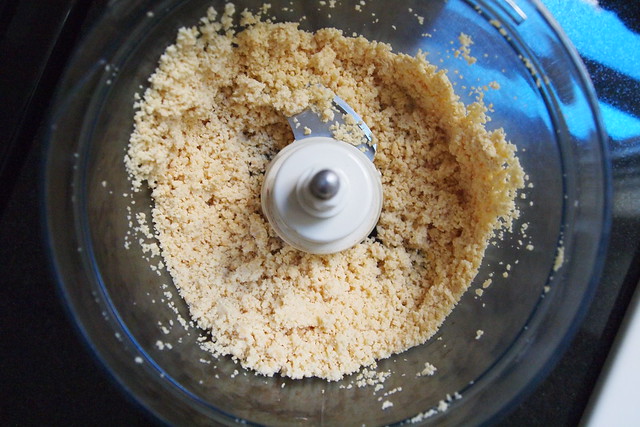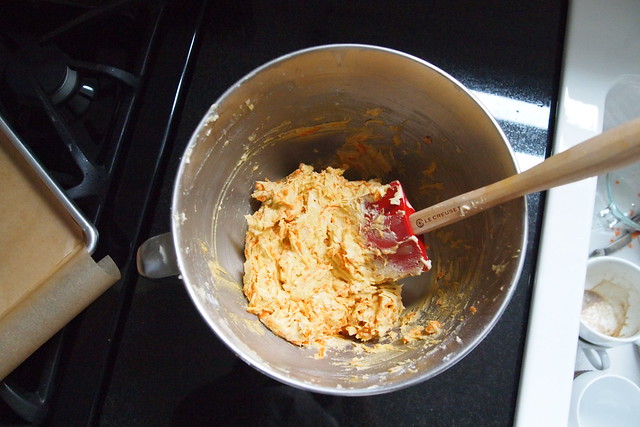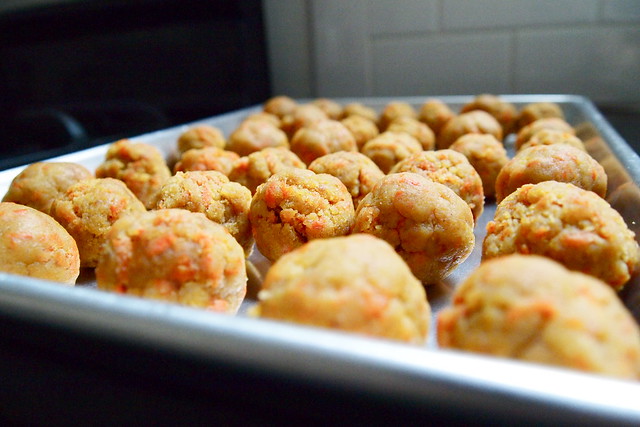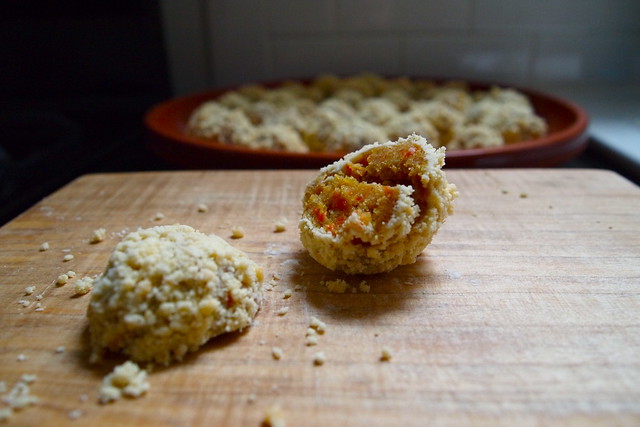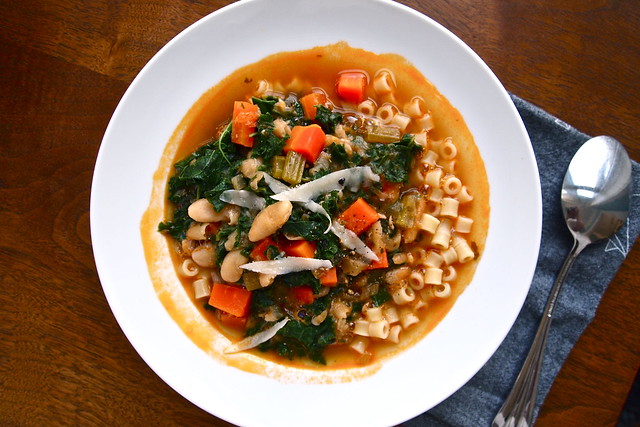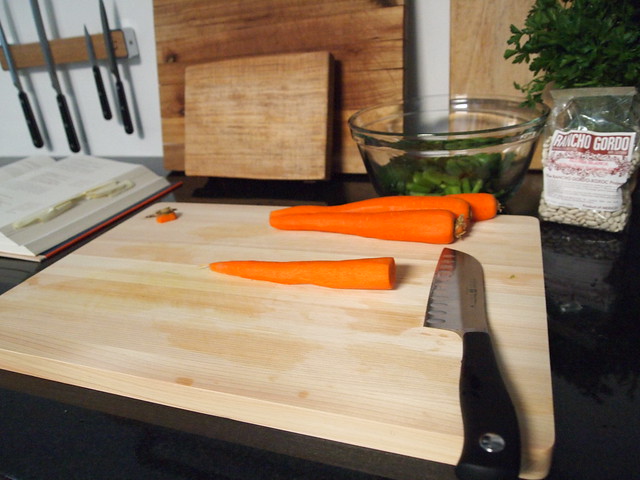I want to be upfront about one thing--making this cake right here, it can get a little messy. Flour can fly. Chocolate can splatter. Yolks can run. Beets can splash. Don your apron. Have a stack of kitchen towels at the ready. Trust me, you'll need them.
But let's back up a bit. Beets? In a cake? Yes, and they make for an uncommonly luxurious one, one that is velvety, dark, and yielding--every bit the chocolate cake of my dreams. And I'm saying this as a girl who almost never goes out of her way to bake with chocolate, who lets half a bar of Scharffen Berger languish in the pantry for nearly a year. It's not that I don't like chocolate. Often enough, it's just that I'm more captivated by other things (lemons, tomato jam, salted caramel). But this chocolate cake--I've fallen for it. After my friends left the other night, I snuck a second slice. I couldn't resist.
And the beets? Their presence is a little hard to describe. It's faint after baking, just a quiet harmony against that dark, resonant chocolate. They make a good pair (next, I'm thinking: dark-chocolate and beet ganache).
Unsurprisingly, maybe, this cake is Nigel Slater's. If you're not familiar with him, you should know that he's a man who cultivates and cooks his vegetables with real affection. He appreciates each on its own terms. He works to make them all sing. The chocolate cake is from his recent book, Tender. I received it about a month ago, and it has kept me spellbound. It is lovingly written, the sort of cookbook that you can curl up with at the end of the day and just read. It is page after page of gorgeous vegetables, inviting recipes. I've been cooking a lot of wintery one-pot dinners from it lately, but the recipe for this cake was the first that caught my eye. A beet-laden cake topped with crème fraîche and poppy seeds? Say no more.
Tender has made me want to take more care with my vegetables, to coax new things out of them, to lavish them with whatever they deserve. And what better way to start than with butter and dark chocolate? (Okay, that could get dangerous...)
An extremely moist chocolate-beet cake with crème fraîche and poppy seeds
Adapted from Nigel Slater's Tender
Note: Crème fraîche and poppy seeds. Slater says that these are not just a nod to beets' Eastern European heart but an important part of the cake. I agree. They play beautifully against the chocolate's deep notes. Take the trouble of getting both. Reserve them until you're just about to serve the cake. Otherwise, you'll end up with sodden cake and crème fraîche shot through with hot-pink streaks. Pan size. Slater uses an 8-inch spring-form and bakes the cake for forty minutes. I think most of us in North America have 9-inchers for the standard cheesecakes we've learned to bake from our mothers, so I've adjusted the baking times accordingly below. Make ahead. The cake keeps well for a couple of days on the counter wrapped in plastic. Somehow, it's even more moist on the second day.
8 oz / 250 g beets (about 4 small or 2 medium ones)
7 oz / 200 g good-quality bittersweet chocolate (70 percent cocoa solids)
4 tablespoons hot espresso
1 3/4 sticks / 200 g unsalted butter
1 cup + 2 tablespoons / 135 g all-purpose flour
1 heaping teaspoon baking powder
3 tablespoons good-quality cocoa powder
5 eggs, separated and at room temperature
1 scant cup / 190 g sugar
crème fraîche and poppy seeds, to serve
Lightly butter a nine-inch springform cake pan and line with a round of parchment paper. Preheat the oven to 350 degrees F.
Cook the beets, whole and unpeeled, in boiling unsalted water. Depending on their size, they will be tender when pierced with the tip of a knife within thirty to forty minutes. Young ones may take slightly less. Drain them, let them cool under running water, then rub their skins off with your fingers, slice of their stem and root, and then process in a blender or food processor to a coarse purée.
Melt the chocolate, broken into small pieces, in a large bowl set over a pot of simmering water. Don't stir.
When the chocolate looks almost melted, pour the hot espresso over it and stir once. Cut the butter into small pieces and add to the melted chocolate. Push the butter down under the surface of the chocolate with a spoon (as best you can) and let soften.
Sift together the flour, baking powder, and cocoa. Stir the yolks together.
Now, working quickly but gently, remove the bowl of chocolate from the heat and stir until the butter has melted into the chocolate. Let sit for a few minutes, then stir in the egg yolks. Do this quickly, mixing firmly and evenly so the eggs blend into the mixture. Fold in the beets. Whisk the egg whites until still, then fold in the sugar. Firmly but gently, fold the beaten egg whites and sugar into the chocolate mixture. A large metal spoon (or a large flexible spatula) is what you want here; work in a deep, figure-eight movement but take care not to overmix. Lastly, fold in the flour and cocoa.
Transfer quickly to the prepared cake pan and put in the oven, decreasing the heat immediately to 325 degrees F. Bake for thirty to thirty-five minutes. The rim of the cake will feel spongy, the inner part should still wobble a little when the pan is gently shaken.
Set the cake aside to cool (it will sink a tad in the centre), loosening it around the edges with a thin icing spatula after half an hour or so. It is not a good idea to remove the cake from its pan until it is completely cold. Serve in thick slices, with crème fraîche and poppy seeds.
Makes for 12 modest slices.


